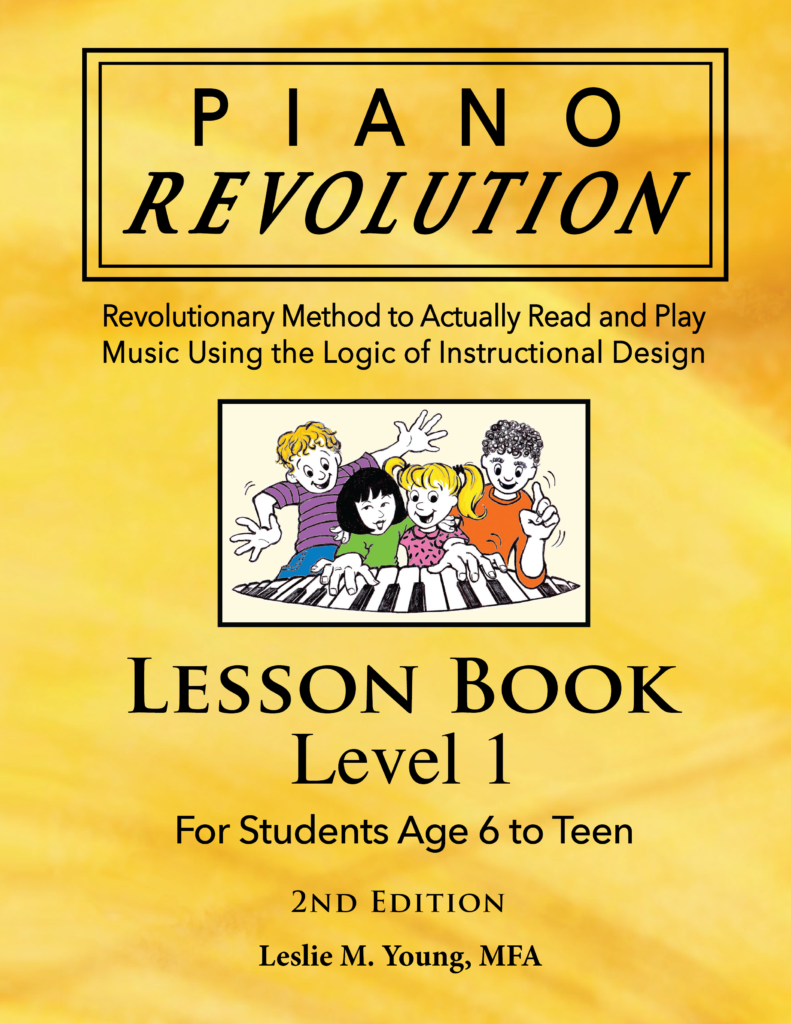Surprising Super Power to Actually Read and Play Piano Music Found in Piano Book for Beginners
It shouldn’t be surprising. The ability to actually read and play piano music is easier than learning to read words, though the process is similar. Why do I say it’s a surprising power, and how is it found in a piano book for beginners?
Looking at a few of the multiple advertisements for piano books for beginners, their descriptions make you think actually reading music is undesirable and beyond your reach:
“No music reading is required so you’ll be able to master piano playing quickly and efficiently.”
“Fingering notation helps students quickly play without reading music. . . Teaches 14 songs.”
“Learn to play piano instantly! . . . Use this special number system to short-cut your learning curve.”
Reading is a Super Power!
Which is the best way? Do you want to memorize a sentence or two and be able to recite them? Or do you want to know how to read any book ever written or ever to be written? It’s freeing when you can read. There is no limit, if you know the language – and written piano music is a language!
Read and Play Written Piano Music vs. Hit Piano Keys
Professional Teacher: Do you want to have a successfully proven method for your students that has them correctly reading and playing on your first lesson?
Parents: Do you need effective self-guiding beginner piano instruction books that give you teaching confidence, even if you do not have a music background?
Be careful; there are hundreds of method books to choose from and some look very entertaining. Some have gorgeous illustrations; some have audio visual reinforcements; some are meant to use with a computer.
But they all can be distilled into two piles:
- Actually read written music in order to correctly play the piano, even in a piano book for beginners – or –
- Hit keys using some shortcut “crutch” like finger numbers, hand positions, stickers, colors, etc.
As a teacher for over 40 years, I understand how those crutches become lifelong anchors, holding back true reading and playing of written music. Just as learning to read a written language like English requires an understanding of the phonetic code of each letter (the sound each represents) and how to combine those into words, playing piano by reading music requires a “thinking process” – and once learned, it is used to forever read any written material. . . any word. . . any book or publication. It’s a Super Power!
I can read and play music!
Which Piano Method to Use?
How to Decide? Test Them!
I don’t mean to buy a lot of different kinds of method books, but you can easily look at the first several pages of each piano book for beginners through Amazon or even music stores.
What do you see? Do the instructions rely on finger numbers, hand positions, stickers, or colors to hit keys – or – is the student presented with a logical thinking process in order to read notes and locate piano keys. . .
Are the first few pages easy to completely understand? So easy you may think you don’t even need a teacher to start piano lessons?
Take a look at this early page in Book 1 of the PIANO Revolution series, a piano book for beginners. It’s for young students aged 4 and 5 but the early pages of the book for older students uses the same thinking process at a faster pace.


There are several introductory pages before this one, but you hardly need any more directions to quickly see how the right hand READS the staff and LOCATES these two keys. Correctly at the first lesson, the student reads and plays written notes on the staff.
This more quickly stays in long-term memory when the student says aloud each letter name as the note is located and played. After practice naming and locating the four spaces and their keys, the student is shown how to use the space keys and notes to find the line keys and notes.
One parent who reviewed this method for her children to start piano lessons found this immediate connection between a written note and its piano key to be “huge” and logical and really taught how to read and play music in a piano book for beginners. It was “new” for her – a thought process, not just memorizing!
Compare to the Traditional Method to Read and Play Piano Music
Here’s a typical page from a traditional method piano book for beginners – the same as many current methods from which you can choose. It’s a picture of the middle part of the keyboard with a key labeled as Middle C.

The instructions are:
Here is the Middle C key.
Play this Middle C key with your right hand thumb 1.
Play the D key with your right hand pointer finger 2.
Play the E key with your right hand middle finger 3.
Here’s what the C D E keys look like on a staff. Play C D E with your right hand thumb 1, finger 2, finger 3:

Does this teach “how” to read music? Did this teach anything for the student to use to think on his own? No. A picture was shown; the directions were given; the directions were followed (hopefully).
This is like the whole word approach to teaching English in a Reading Class. The student is shown a word often enough until it is recognized and learned. But if a reader knows the sounds represented by individual letters (the phonetic reading method), then any word can be read – in any book – at any time.
Until the PIANO Revolution method, learning to play piano was like learning each word of a book on sight. Basically . . . memorizing. Playing keys by rote (mechanical repetition), or by relying on a saying like “Every Good Boy…” to name the lines for the right hand treble. It becomes a crutch, and then an interfering obstacle to actually reading music notes and locating corresponding keys.
The New Way to
Learn to Read
and Play Piano Music
Today there’s a new way – a logical way to learn to play piano – based on the educational principles of Instructional Design (which is basically learning one thing at a time and building on previous learning in order to progress).

The PIANO Revolution Method
How to start piano lessons begins with testing the piano book for beginners to see if it has you actually reading notes and playing the keys without gimmicks like finger numbers, hand position key groups, or rote copy-then do illustrations.
The Thinking Process of the
PIANO Revolution Books: Here’s the First Lesson
Under the piano brand name is a group of three black keys.
- Pretend to pick them up with the right hand. The thumb naturally curves around the left side of the first black key, the one on the left of the group of three.
- Slide the thumb down toward you and play the white key under the thumb. This is center F – the key that is in the center of the piano keyboard.
- Skip the next key to the right of center F and play it. This is the A key.
- Skip the next key to the right of A and play it. This is the C key.
- Skip the next key to the right of C and play it. This is the E key.
- Look at the yellow keys below that you have just played:

The F A C E keys that you played are drawn on paper as four spaces with five lines in-between them:
You have learned the space keys F A C E and will use them to learn the line keys later. Now, here is a song to play using the four space keys. . .
Many students of all ages who were not very
successful using other methods quickly
progressed with new understanding
using the PIANO Revolution books –
because they now had a thinking process to use.
Once the spaces and their keys are learned through practice pages, the spaces are used to name and locate the line keys. Starting with the closest space – then the line key is the next neighbor key.
For example, to locate the third line, think spaces F – A , and after A (space) comes B (line).

In the piano book for beginners, the right hand treble staff is introduced first, but later the left hand bass staff uses the same procedure and thinking process with its different spaces. After right and left hand letters and keys are learned, both hands play together. Later, timing is introduced, which is much easier after having learned to read and play the written music!
The student uses the thinking process of using spaces to find the line – then in a relatively short time it will not have to be used at all. The spaces and lines and their corresponding keys will have been learned, and the student will be reading and playing written music!
What Would the First Lesson for a Young Student Look Like?
What Would the First Lesson for a 6 to Teen Look Like (video)?
View sample pages of all the books for students
ages 6 to teen:
View sample pages of all the books for students
4 to 5 years old:
View sample pages of all the books for older
teens and adults:
View the books on Amazon:
About the Author, Composer, Illustrator,
and Eternal Optimist

Leslie Young is the author and composer of the PIANO Revolution method. She co-founded a K-12th grade charter school in Texas and has been a piano teacher for over 40 years. She has had experience teaching a variety of students tackling piano for the first time or as returning students.
Young believes that “learning to play the piano is more about diligence and perseverance” – but would add that just as critical to success is the method that is used, the encouragement of critical thinking, and the instructional principles that promote immediate success.
She states: “In teaching piano to students of varying ages, what also varies is a commitment of time and the amount of dedication. Children of certain ages may do very well with a parent as teacher; others may need someone who is not family to instruct them. Some older children and adults prefer to make progress on their own, and this method is designed to act as a meticulous guide through new material. Some adults and teens insist on professional teachers, which also encourages continuity. Because these books are self-explanatory, a new or experienced professional teacher will have no trouble using the PIANO Revolution method for their students. It is an easy way to learn piano.”
This content will be of most interest to:
- Parents who homeschool
- Professional piano instructors
- Individuals desiring a piano book for beginners
- Educators of Instructional Design for piano
- Adults desiring a self-teaching piano book
- Parents wondering the best age to start piano lessons for a child













